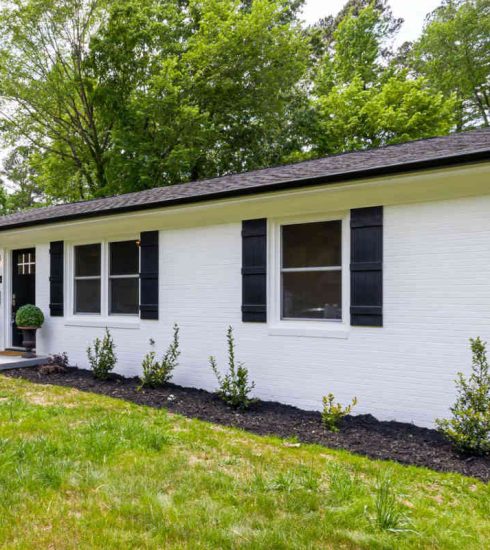3 Signs You Need to Replace Your Roof
Is It Time to Bid Farewell to Your Old Roof?
Your roof is a vital component of your home, protecting you and your belongings from the elements. However, it’s not something we often think about until there’s a problem. To ensure your roof continues to do its job effectively, you need to be vigilant and recognize the signs that it may be time for a replacement. In this article, we will explore three telltale signs that indicate you need to hire roofing contractors to replace your roof.
1. Shingles in Distress
The first and perhaps most obvious sign that your roof is in trouble is when your shingles start showing signs of wear and tear. Over time, exposure to the sun, wind, rain, and snow can cause shingles to deteriorate. Look out for:
Curling Shingles
When shingles begin to curl at the edges, it’s a clear sign of aging and vulnerability to leaks.
Bald Spots
Missing granules on shingles can lead to water damage. If your shingles appear bald, it’s time to consult with roofing contractors for a replacement.
Cracked Shingles
Cracks allow moisture to seep into your home. If you spot cracked shingles, it’s a red flag that you should discuss with roofing contractors.
2. Water Stains and Leaks
Water stains on your ceiling or walls are never a good sign. They indicate that water is infiltrating your home, and the source is likely your roof. Here are some related issues to watch out for:
Ceiling Spots
If you notice brown spots or peeling paint on your ceiling, it’s a clear indication that your roof is letting water in. Contact roofing contractors immediately.
Dripping or Puddles
Finding water indoors, especially during or after rainfall, means your roof’s protective barrier has been compromised. Seek help from roofing contractors to assess the damage.
Mold and Mildew
Excess moisture from roof leaks can create an environment for mold and mildew growth, posing health risks. Professional roofing contractors can address this issue.
3. Sagging Roof
A sagging roof is a serious structural issue that demands immediate attention. It suggests significant damage and wear and tear. Signs of a sagging roof include:
Visible Sag
When the ridge line of your roof sags or appears uneven, it’s a glaring warning sign that should prompt you to contact roofing contractors.
Bowing Roof Deck
The roof deck is the foundation for your shingles. If it starts to bow, your entire roof’s integrity is at risk. Professional roofing contractors can assess the situation.
Bouncing Roof
If your roof feels bouncy or spongy when walked upon, it’s a sign that it has lost its structural integrity. This requires immediate attention from roofing contractors.
Conclusion
Your roof is a critical element of your home’s structure, and ignoring its condition can lead to costly repairs and damages down the line. By being vigilant and recognizing these three key signs—shingles in distress, water stains and leaks, and a sagging roof—you can ensure the safety and longevity of your home with the help of experienced roofing contractors.
Now that you’re aware of these signs, it’s essential to address any issues promptly. Regular roof inspections by professional roofing contractors can help identify problems before they escalate.
FAQs
- How often should I inspect my roof for these signs?
- It’s advisable to inspect your roof at least twice a year, preferably in the spring and fall, to catch any issues early.
- Can I repair my roof instead of replacing it if I notice these signs?
- In some cases, minor repairs can extend your roof’s life. However, if the damage is extensive, consulting with roofing contractors for a replacement may be the safer and more cost-effective option in the long run.
- How long does a typical roof last before needing replacement?
- The lifespan of a roof depends on various factors, including the material used and environmental conditions. On average, asphalt shingle roofs last about 20-25 years.
- Are there any preventive measures I can take to avoid these problems?
- Regular maintenance, such as cleaning gutters and keeping tree branches away from your roof, can help prevent some issues. However, regular inspections by roofing contractors are crucial.
- Is it possible to install a new roof over the existing one?
- While it’s possible in some cases, it’s generally recommended to remove the old roof before installing a new one for the best results and longevity.
Remember, your roof’s condition directly affects the safety and comfort of your home, so don’t hesitate to seek professional advice and assistance from experienced roofing contractors when needed.






